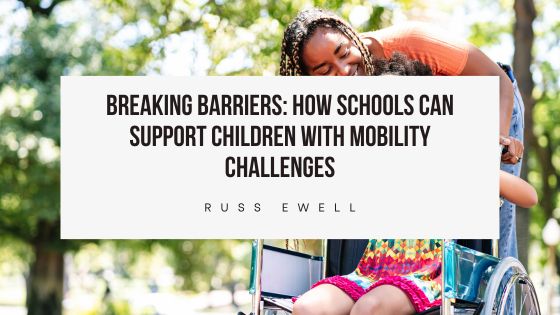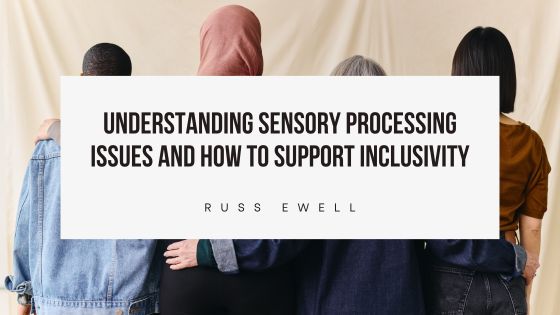 When we think of accessibility in schools, the conversation often begins—and ends—with physical access: ramps, elevators, and accessible bathrooms. While these features are essential, true inclusion goes far beyond infrastructure. To create genuinely accessible...
When we think of accessibility in schools, the conversation often begins—and ends—with physical access: ramps, elevators, and accessible bathrooms. While these features are essential, true inclusion goes far beyond infrastructure. To create genuinely accessible...
 In cities around the world, public spaces are where community life unfolds. Parks, plazas, libraries, transit stations, and sidewalks serve as daily touchpoints for millions. Yet for many people—especially those with disabilities, neurodivergence, or mobility...
In cities around the world, public spaces are where community life unfolds. Parks, plazas, libraries, transit stations, and sidewalks serve as daily touchpoints for millions. Yet for many people—especially those with disabilities, neurodivergence, or mobility...
 Creating an inclusive learning environment is essential for fostering a sense of belonging and providing equitable opportunities for all students. For children with mobility challenges, schools play a pivotal role in breaking down barriers and ensuring access to...
Creating an inclusive learning environment is essential for fostering a sense of belonging and providing equitable opportunities for all students. For children with mobility challenges, schools play a pivotal role in breaking down barriers and ensuring access to...
 In an inclusive classroom, every child feels valued and supported, regardless of their learning needs. An inclusive environment can make a world of difference for children with sensory processing issues. Sensory processing issues affect how the brain interprets and...
In an inclusive classroom, every child feels valued and supported, regardless of their learning needs. An inclusive environment can make a world of difference for children with sensory processing issues. Sensory processing issues affect how the brain interprets and...
 Sensory processing issues affect how the brain interprets and responds to sensory stimuli from the environment. For individuals with sensory processing challenges, everyday experiences such as sights, sounds, smells, and textures can be overwhelming, confusing, or...
Sensory processing issues affect how the brain interprets and responds to sensory stimuli from the environment. For individuals with sensory processing challenges, everyday experiences such as sights, sounds, smells, and textures can be overwhelming, confusing, or...






